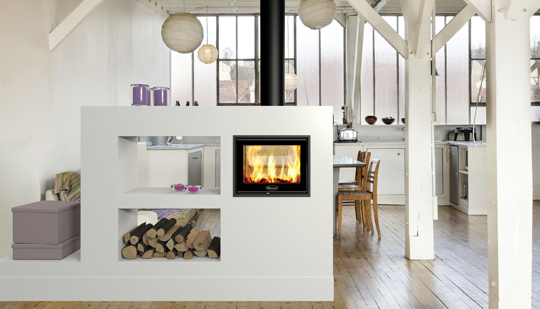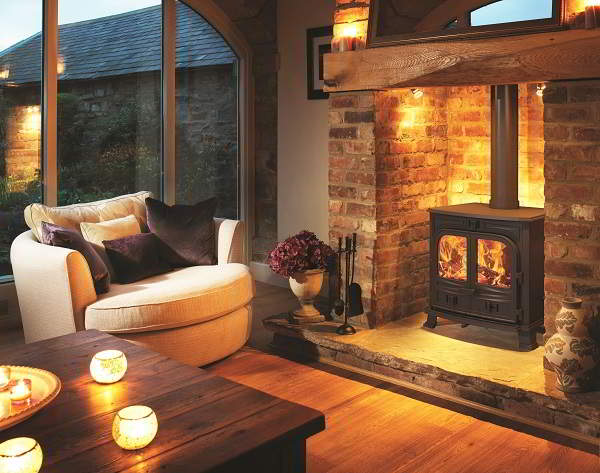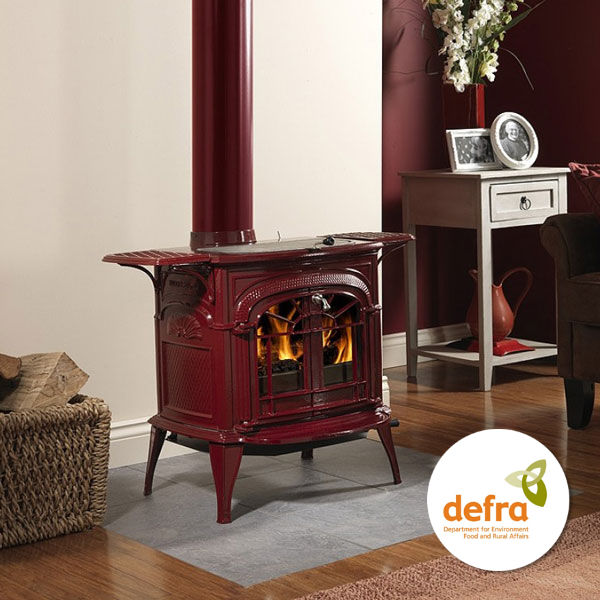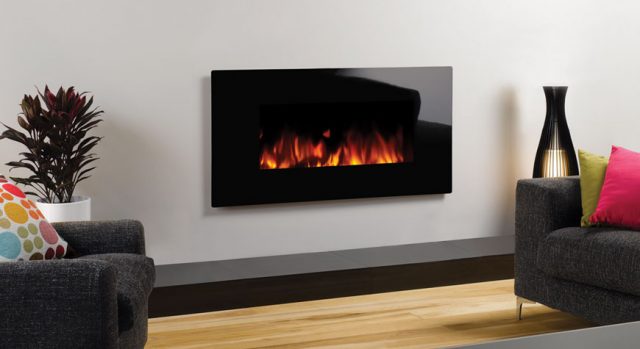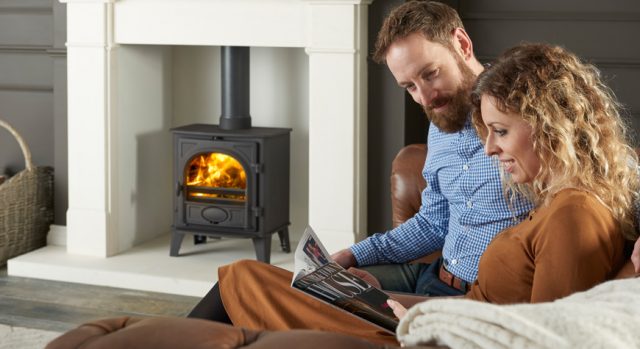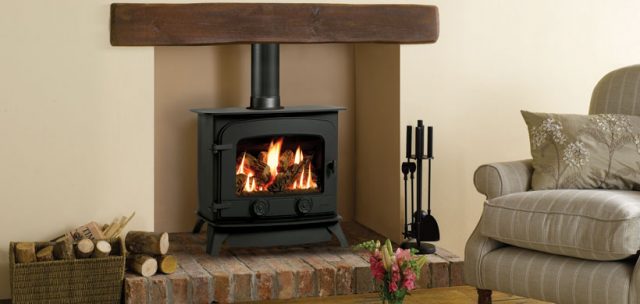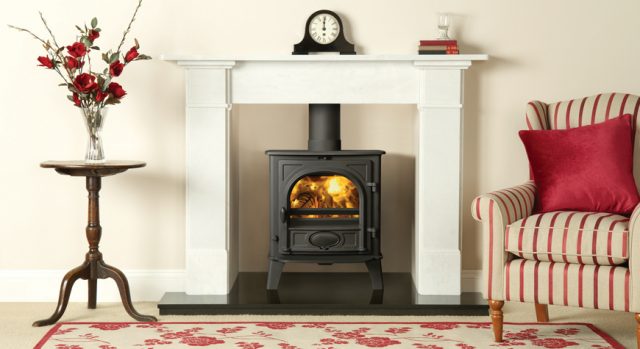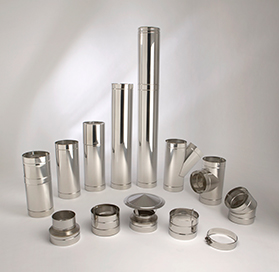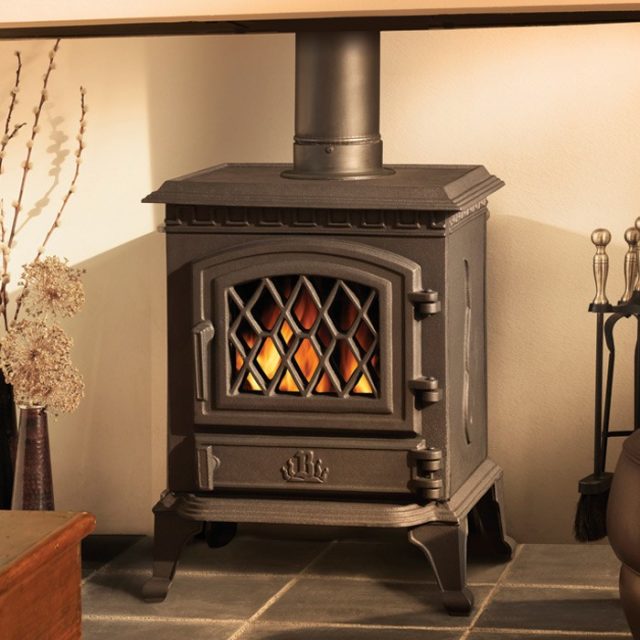In years gone by it is fair to say that wood-burning stoves were seen as a “middle class” product which could be fairly expensive to acquire and required access to the correct would fuel. The situation has changed over the last 20 years and wood-burning stoves now appeal to the masses and the price range now appeals to all budgets. It is now possible to acquire stoves for as little as £400 or you can go up to the thousands of pounds for some of the more luxury products.
Traditional wood-burning stoves
While contemporary wood-burning stoves are gaining popularity there has been consistent demand for traditional style wood-burning stoves for many years. The stereotypical smaller wood-burning stove is now seen in many homes across the country offering more than enough heat to take the chill out of a room. Many people would say that until you have sampled the deep heat created by a wood-burning stove it is impossible to realise what you are missing!

